Each month, the Centre de musique baroque de Versailles establishes a thematic playlist for you to experiment an immersive journey in the French musical repertoire of the 17th and 18th centuries. Enjoy the music !

Playlist on Charpentier, a music in life by Catherine Cessac, CNRS's director and Charpentier's specialist
Charpentier is surely the French Baroque composer best served on disc since the advent of the LP. Although he wrote more than 550 works, three quarters of them have been recorded. The selection for this playlist was made in order to have as broad a vision as possible of Charpentier's art.

Born in Paris in 1643 into a family of master writers, Charpentier left for Rome in the mid-1660s. There, he admired what he heard and what he copied, in particular the technique of the obstinate bass consisting of four endlessly repeated notes, as well as polychoral writing, which he developed in a unique example in France, the Messe à quatre chœurs.
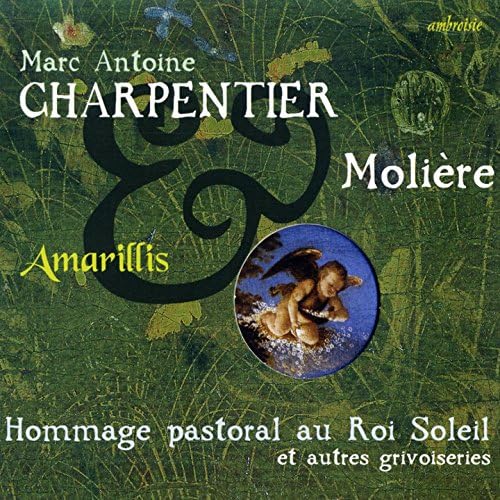

He also enjoyed the genre of the sacred story (or oratorio). Like those of Carissimi, his Roman master, Charpentier's sacred stories are in Latin. The Last Judgement ends in light with the choir of the elect, until the final beatitude emerges in a sort of celestial weightlessness.
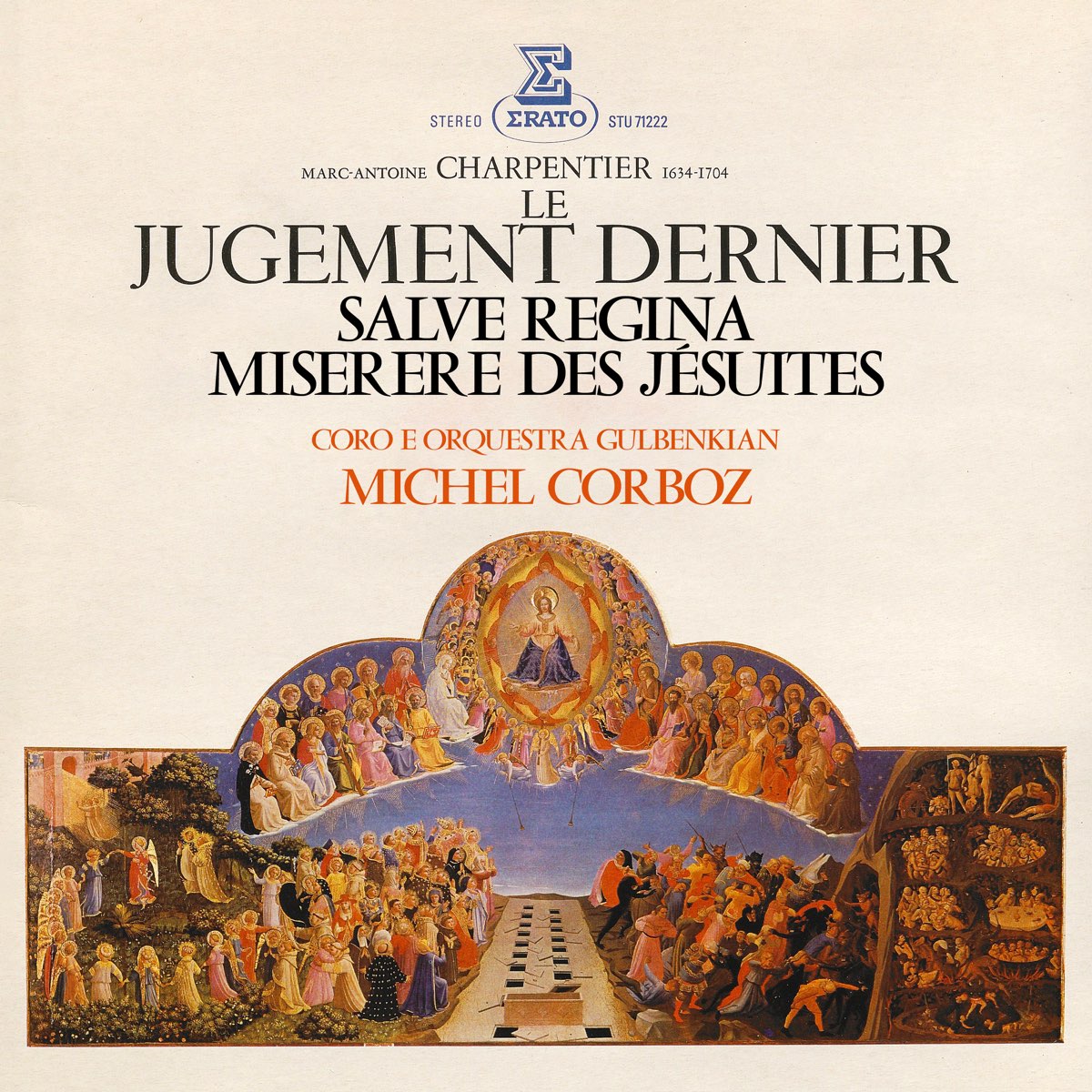
On his return from Rome, Charpentier was welcomed for nearly twenty years by Marie de Lorraine, Duchess of Guise, the last descendant of the name, who kept a group of musicians in her Paris hotel, for whom the composer wrote both secular and sacred pieces, and in whom he sang.
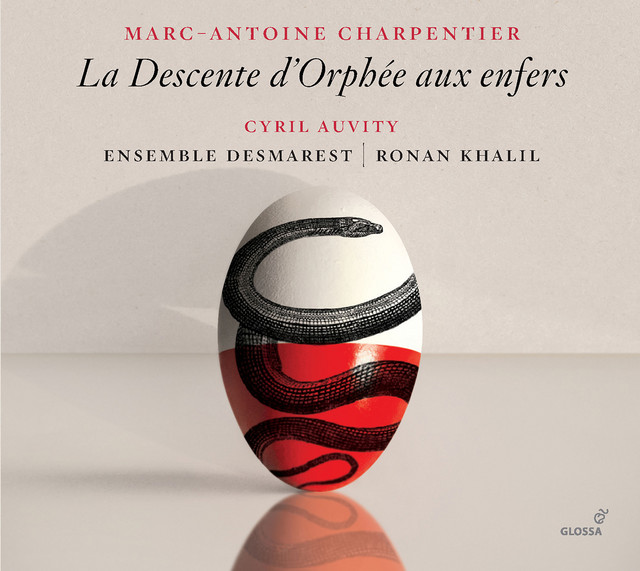
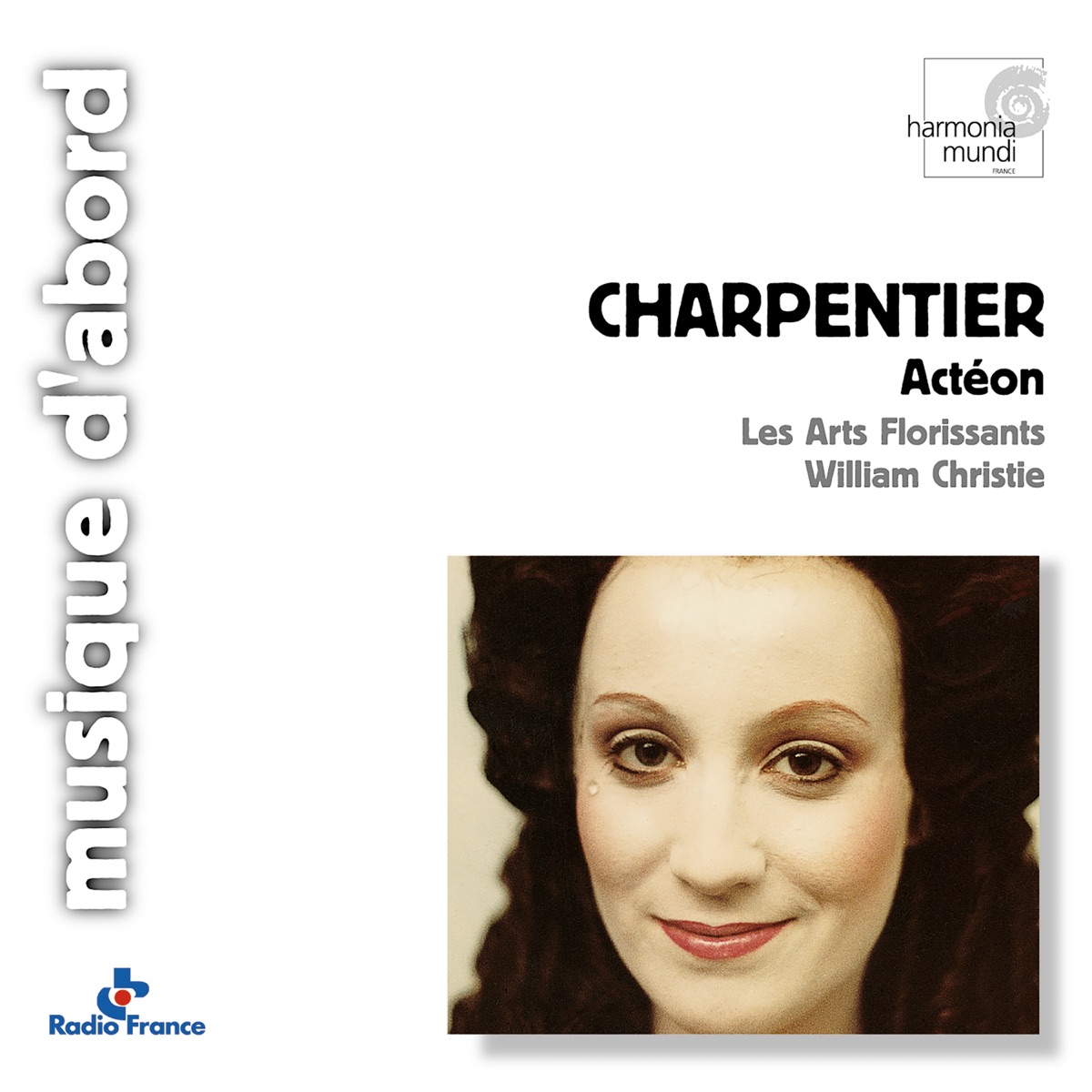
In 1672, he was asked by Molière to replace Lully in composing his comédies-ballets. Before the premiere of Le Malade imaginaire, whose second interlude is intended as therapy for Argan's bad moods, Le Mariage forcé was revived with new music that was irresistible from a comic point of view.
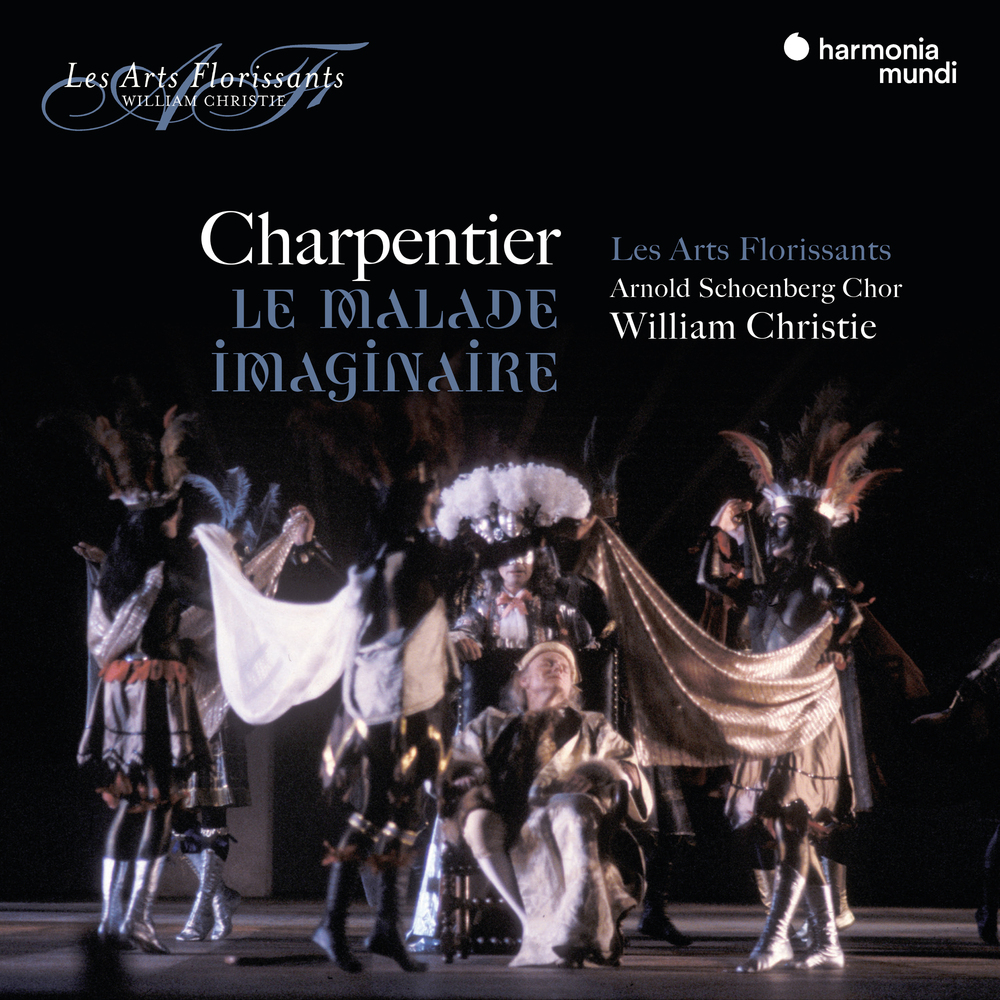

In April 1683, Charpentier took part in the competition to recruit sub-masters of music for the Royal Chapel at Versailles, but was unsuccessful, prevented from doing so by illness. A few months after the competition, the French queen Marie-Thérèse died. To celebrate her memory, Charpentier wrote no less than four works, including the magnificent Transfige dulcissime Jesu.
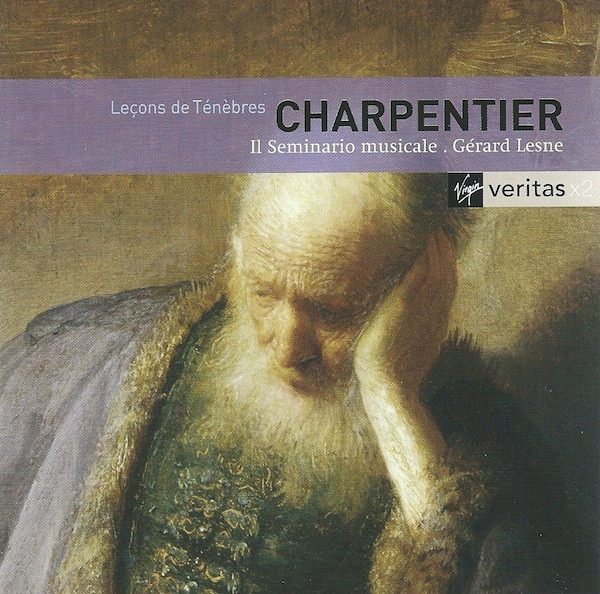
On the death of Mlle de Guise in 1688, Charpentier was appointed master of music for the Jesuits in Paris. He composed a large religious repertoire for the Saint-Louis church in the rue Saint-Antoine.
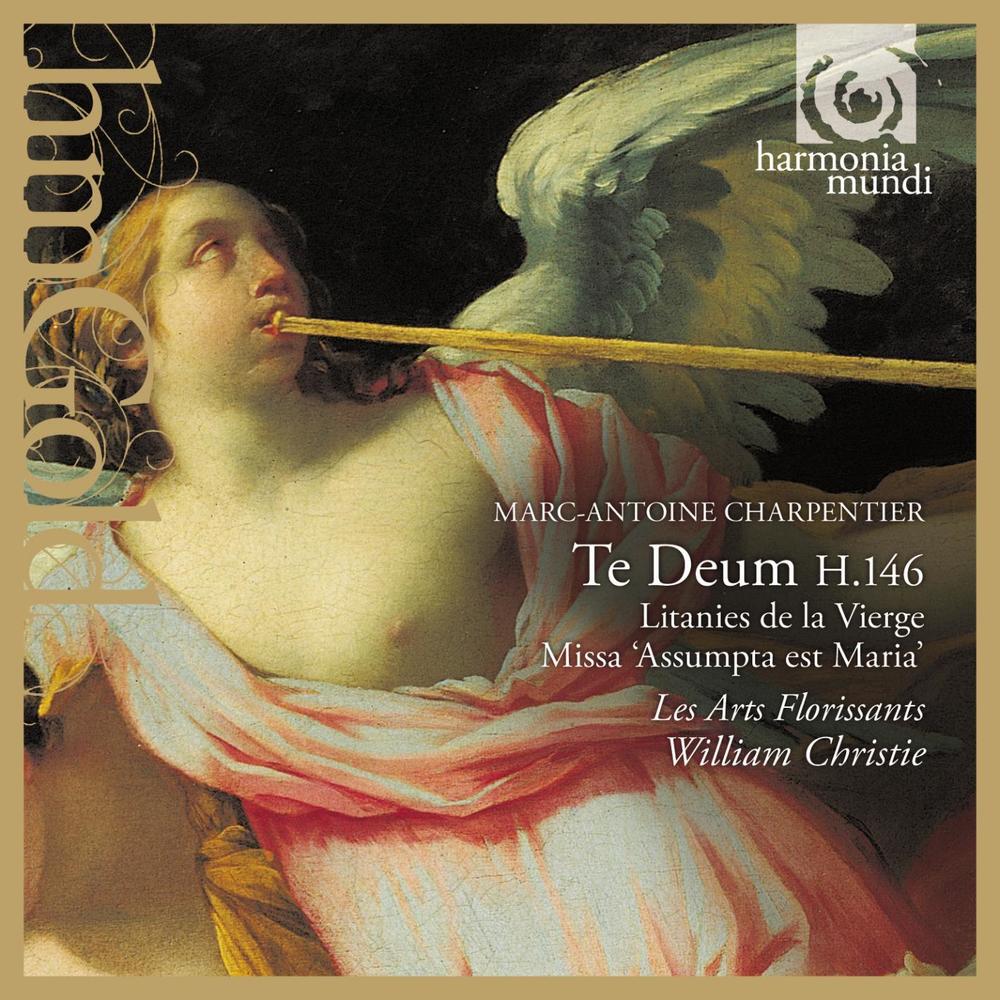
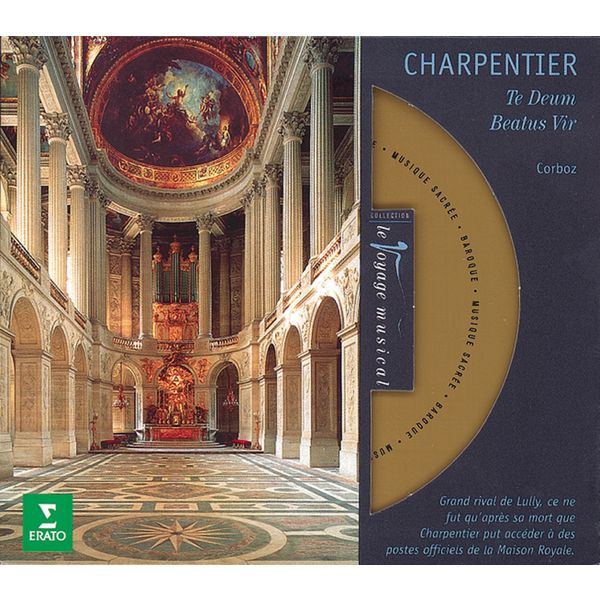
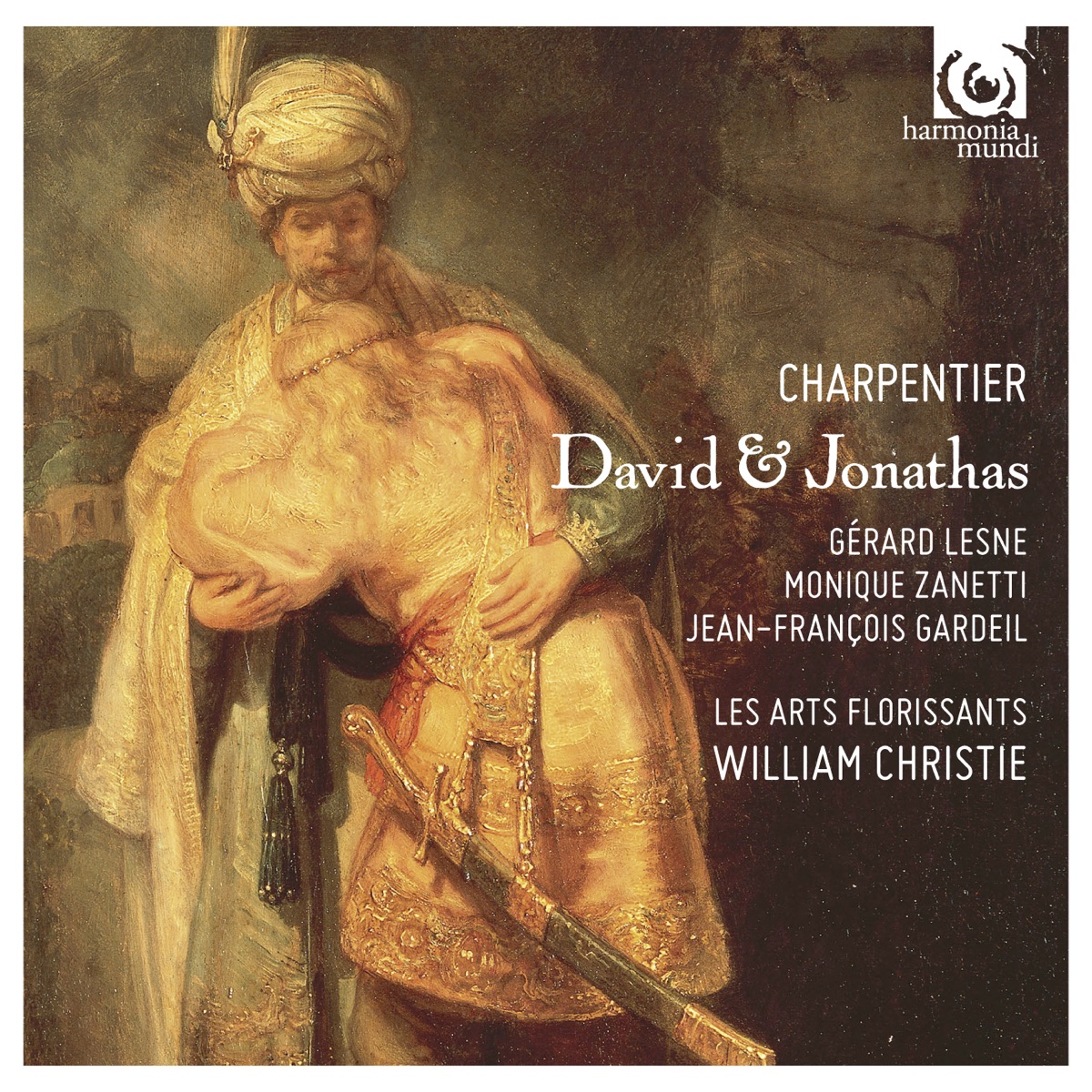
He was also responsible for the repertoire of the Collège Louis-le-Grand on rue Saint-Jacques, where theatrical music was both educational and moral. On 28 February 1688, Charpentier composed the Latin tragedy Saül accompanied by David and Jonathas in French. After a French-style overture, the prologue begins with Saul, king of the Israelites, alone and lost, who, after his desperate appeal to God, is met with nothing but silence. His story, full of anguished questions, is accompanied by an orchestra producing a magnificent carpet of sound, nourished by rich harmony.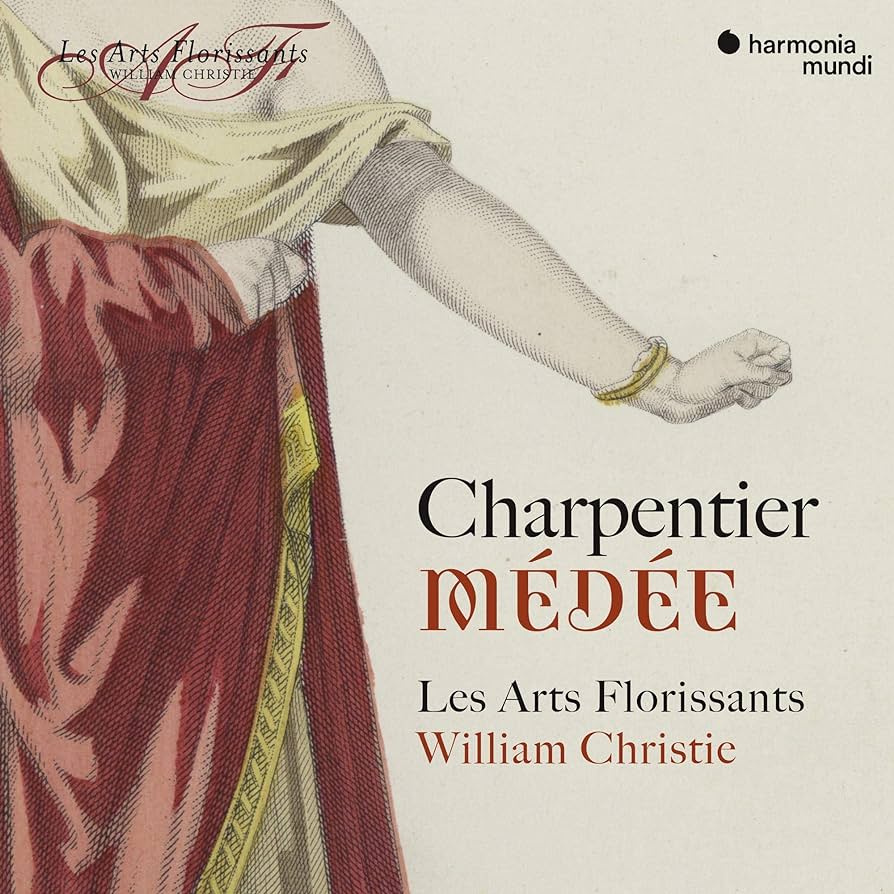
Charpentier's one and only foray into opera, on the illustrious stage of the Académie royale de musique, was the premiere of Médée in 1693, with libretto by Thomas Corneille. Now considered an absolute masterpiece, the opera was roundly disapproved of by its contemporaries. The two faces of the heroine (the woman in love and the magician blinded by vengeance) are illustrated here.
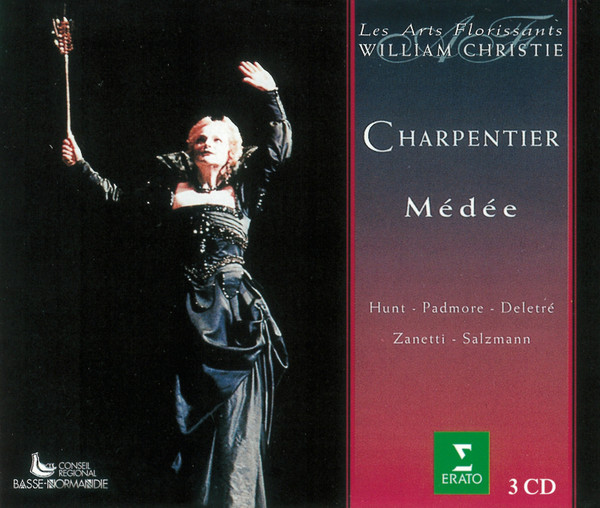
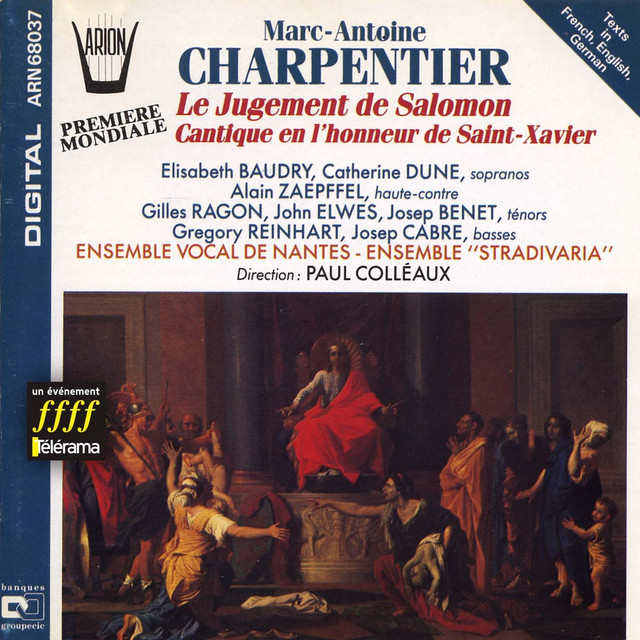
Charpentier ended his career at the Sainte-Chapelle in Paris, where he died on 24 February 1704. The Sainte-Chapelle is located within the walls of what was once the King's Palace, and later the Parliament. The theme of the Judgement of Solomon is therefore totally in keeping with the setting. After a symphonic page evoking the night, God appears to Solomon in a dream, granting him not only what he had wished for - wisdom and intelligence - but also riches, glory and long life. At the end of the divine intervention, the accompaniment gradually dissolves: the dream evaporates, the last veils of night dissipate.













